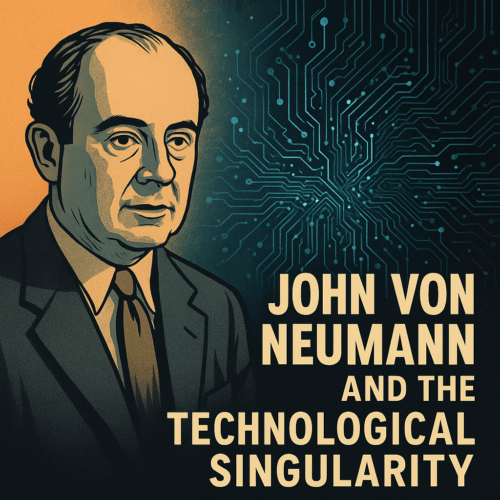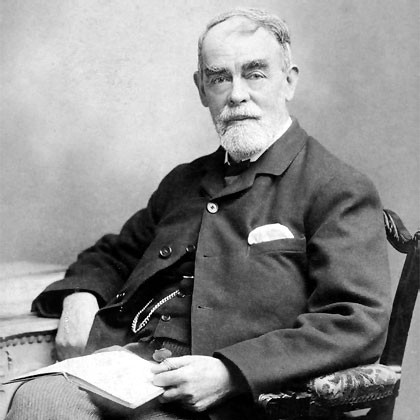The Charlie Sheen Guide to Predicting Our Transhuman Future
As technology follows its Moore’s Law speedway toward exponentially increasing power and ubiquity, futurists are just as rapidly falling into two schools of thought on how humans will handle this new-found power.
Nanotechnology, artificial intelligence, immersive virtual reality, and dozens of other tools and technologies are poised to transform life in fundamental ways. Repetitive tasks and duties that most people think are odious could disappear. Robots will cook, clean, cut the grass, and perform dozens of other jobs that we — or at least, I — try to avoid. Virtual reality will become better than the real thing.
For those who have accepted this technocentric future, the real question is how humans will deal with this transformation. Not everyone thinks transhumanity is going to be better. In fact, some believe that the future will lead to lazy, over-indulged, shallow-thinking slugs who will probably end up starving themselves to death in a virtual reality environment.
And these are the optimistic ones. There’s always the chance that future technologies will destroy humanity entirely. Yay.
So what future will it be?
I think it’s possible to accurately model our future. We already have a group of people in society who have lots of time on their hands, employ robotic-like workers to satisfy every need, and can access incredible amounts of wealth. We call them celebrities.

For the future pessimists out there, they only have to point to, what I call, the Charlie Sheen guide to predicting the future. Once humanity encounters runaway abundance, effortless attainment and gobs of time on our hand, we’ll all end up in semi-lucid stupor spouting off about Tiger’s blood and trolls while dipping into softball-sized mounds of cocaine — or whatever nootropic we’ll have on hand in the near-future.
Case closed?!
Even though there is a seemingly exhaustless supply of celebrities to assure us we all face a Charlie Sheen future — this could have easily been called the Lindsay Lohan scenario — there are other members of the rich and famous set who point to another future. Some celebrities, who, granted, had more than their share of Charlie Sheen moments, grow bored with some of the baser human desires and struggle (without any pharmaceutical assistant) to achieve higher levels of consciousness. We could put the late George Harrison, of the Beatles, in this category. He grew more disillusioned with his celebrity status and devoted himself to pursuing Eastern religions and philosophy. Cat Stevens became Yusaf Islam, an Islamic fundamentalist.
Other celebrities — cushioned with time and money — devote themselves even more to their art, achieving higher forms of transcendence.
So, the answer to the question — “Will future technologies trap us or free us?” — appears, like all great questions, to be yes — and no.
Here’s the key: if human nature remains the same in the future, then the future will remain the same in human nature.

About the Author:
Matt Swayne is a blogger and science writer. He is particularly interested in quantum computing and the development of businesses around new technologies. He writes at Quantum Quant.








